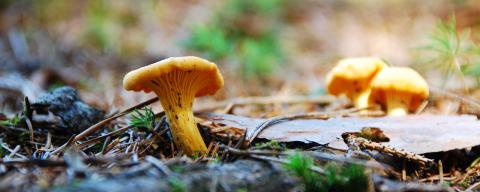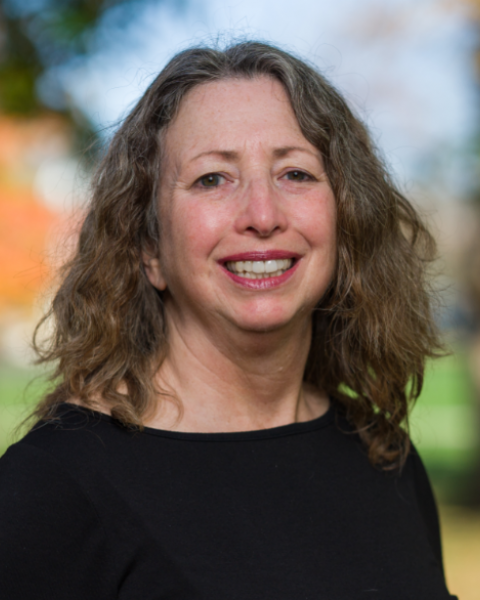Foraged Mushrooms Safety and Quality
Mushroom foraging flows from a similar sensibility as homesteaders growing and preserving their own food. When done wisely, these practices preserve a long tradition of self-sufficiency, but when done without the required knowledge, can result in serious harm and even death. Foraged wild mushroom food safety starts with learning how to identify safe, non-toxic, edible wild mushrooms.
The majority of wild mushrooms have never been tested for toxicity. Some that are extremely poisonous may look similar to safely edible species. It is important to have an expert with you when foraging or by studying with an expert, to become extremely knowledgeable in identifying safe to eat mushrooms and those that are poisonous.
Learning from people who have formally studied mushrooms, mycologists, is best. Taking a class from a professional mycologist, joining a mycology organization such as the North American Mycological Association, and staying away from random mushroom sites on social media is the best way to learn about finding safe mushrooms and avoiding toxic ones.
Whether foraging for your own use or you plan to sell them commercially, harvesting safe wild mushrooms requires thorough identification knowledge and care. Only licensed wild mushroom harvesters can legally sell wild mushrooms to New Hampshire food establishments. A person harvesting wild mushrooms for personal use does not need to be licensed.
Once safe wild mushrooms have been clearly identified, the next step is to be aware of the quality of the area they are growing on: pesticide-treated areas, animal-grazing areas where manure may have contaminated the mushrooms, and other contaminated sites are not appropriate for foraging.
Also, mushrooms contaminated with animal droppings or that show other signs of animal intrusion, such as tears or bite marks, must not be sold for consumption. Contamination can lead to food borne illness, as well as spoilage of the mushrooms.
Harvesting with clean hands or gloves and clean tools can keep illness-causing bacteria as well as spoilage yeasts, molds, and bacteria from contaminating the mushrooms.
The totes used to carry the harvested mushrooms should be cleanable or lined with a clean liner for the same reasons.
NH Wild Mushroom Harvester Law
In 2022, the New Hampshire law requiring licensing of wild mushroom harvesters and distributors became effective.
The law requires those seeking to harvest, identify, or distribute wild harvested mushrooms for sale in New Hampshire to apply for and receive a license from the New Hampshire Department of Health and Human Services (DHHS) Food Protection Section.
Those seeking to apply for the license must first successfully complete a course in safe mushroom identification and harvesting practices.
Upon successful completion, course participants will be able to apply for the Wild Harvested Mushroom license with DHHS. The application for the license is available here online.
For questions about the Wild Harvested Mushroom license, email DHHS Food Protection at dhhs.foodprotection@dhhs.nh.gov or call 603-271-4589.
For more information
HOUSE BILL 345 establishing a license for mushroom harvesters
Regulatory Guidelines for Wild Harvested Mushrooms
Guidance Document for a Model Wild-Harvested Mushroom Program


